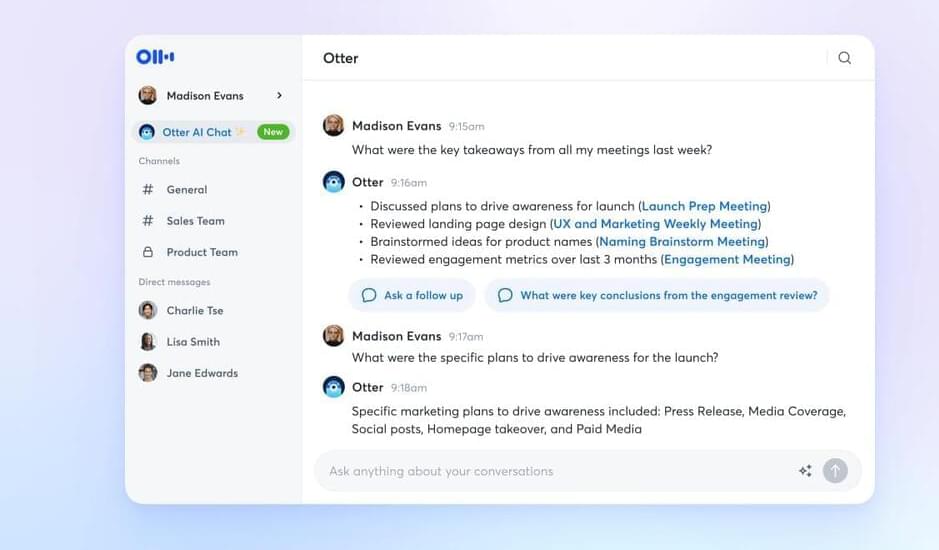Microsoft and OpenAI are reportedly in talks to invest $100 million into robotics startup Figure — suggesting that they might hope to combine their tech with its humanoid robot.
The background: A lot of humanoid robots can look impressive in demos but turn out to be highly limited in reality.
To have a big impact in the workforce, these machines need to be not only physically capable of doing a job — a tricky enough engineering challenge — but also smart enough to tackle a huge variety of tasks with minimal training and supervision.




